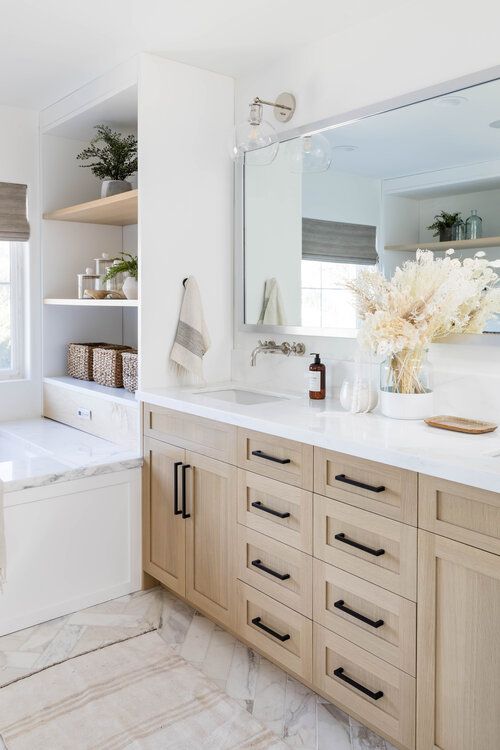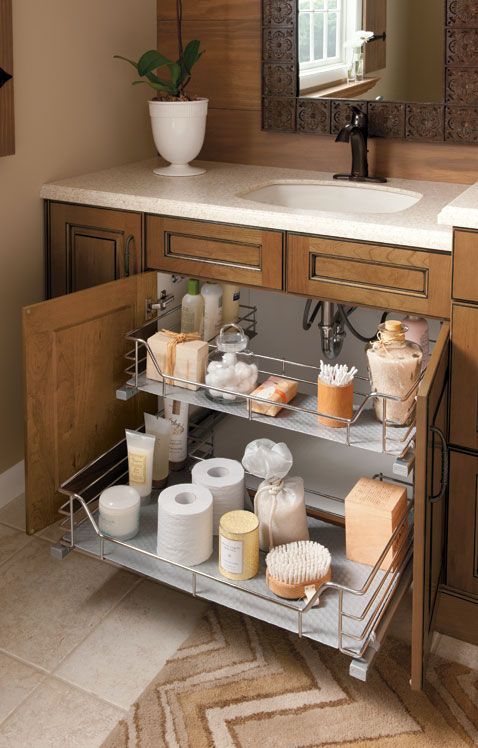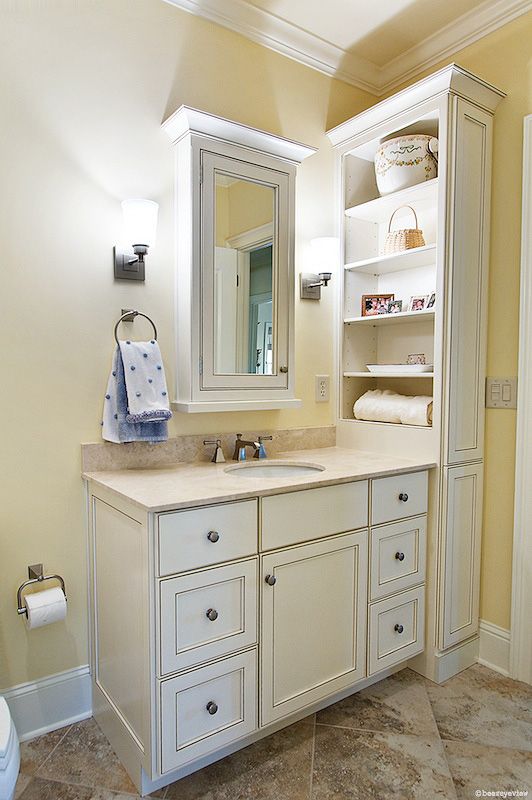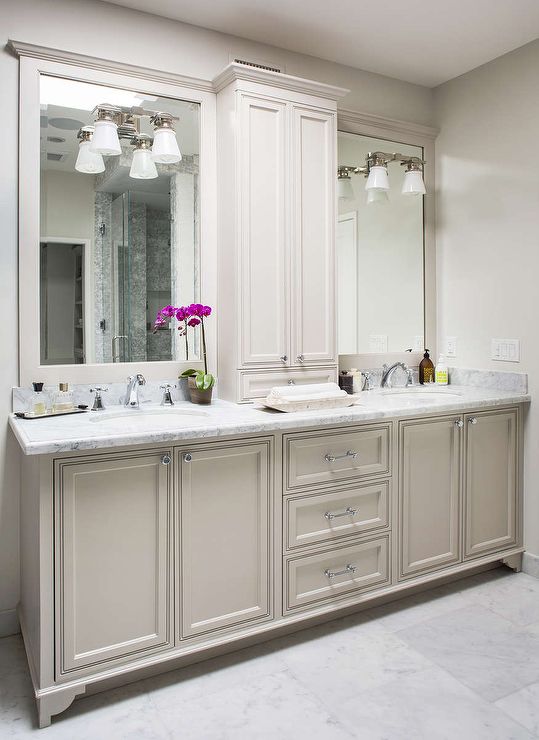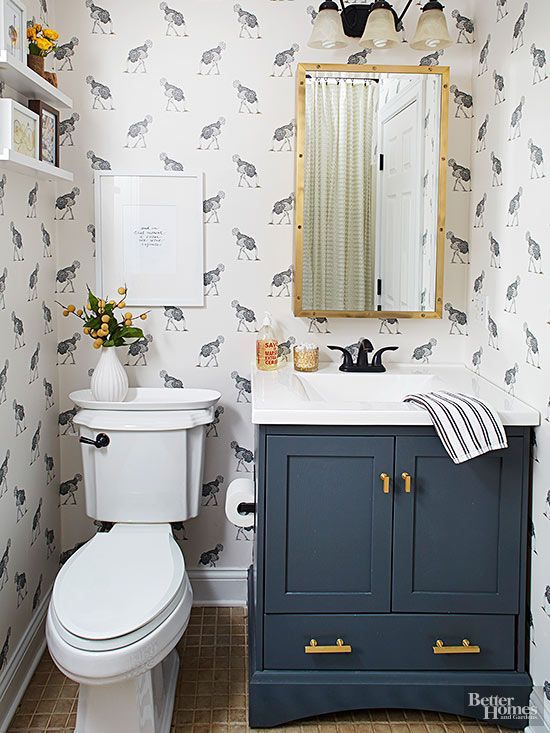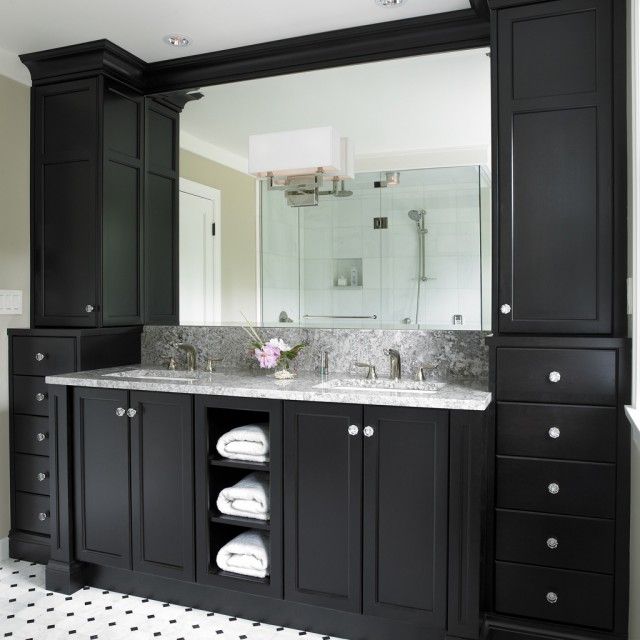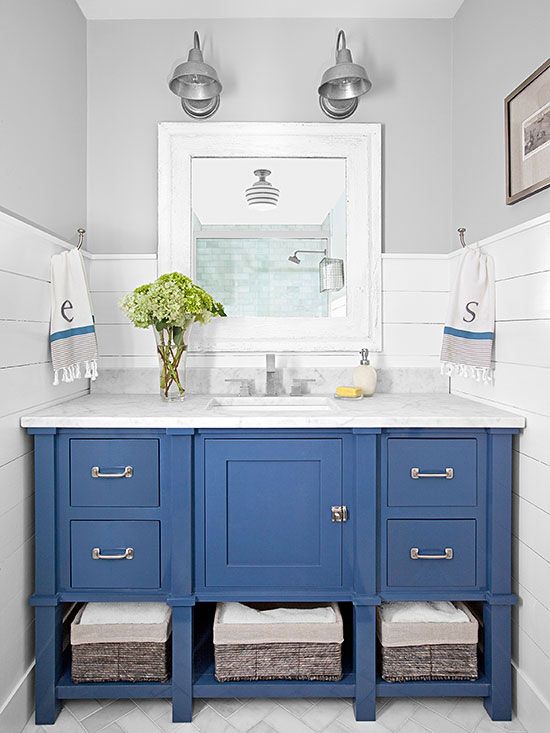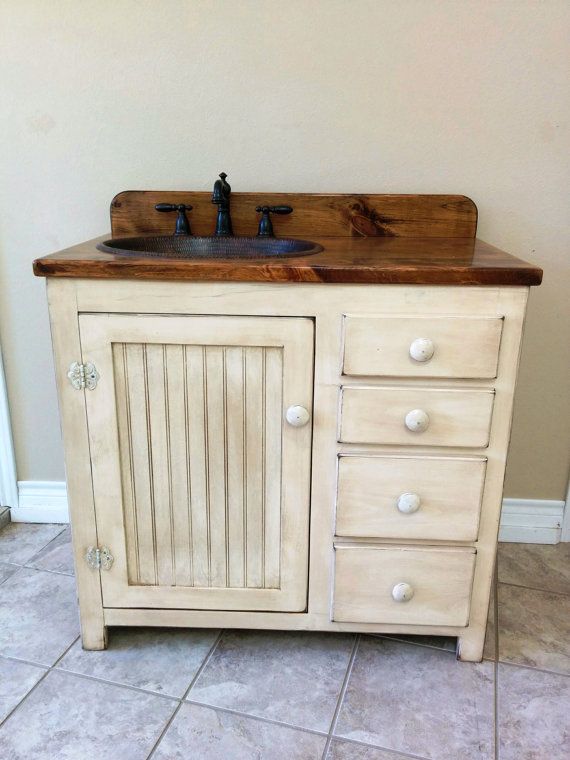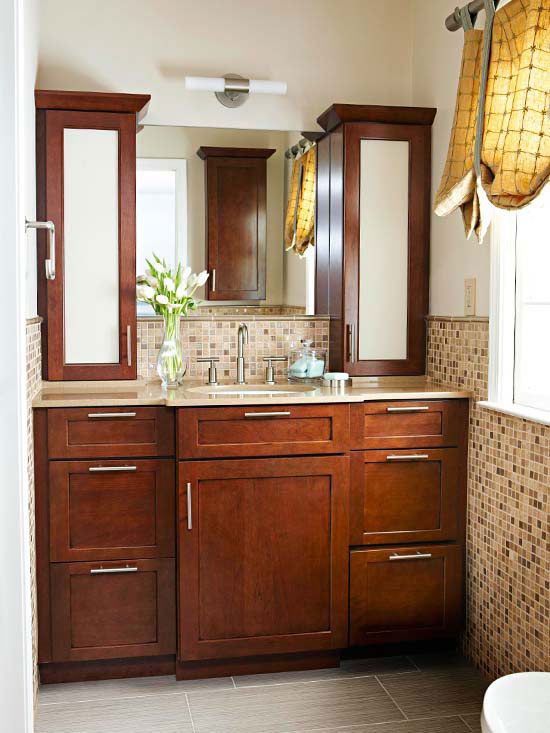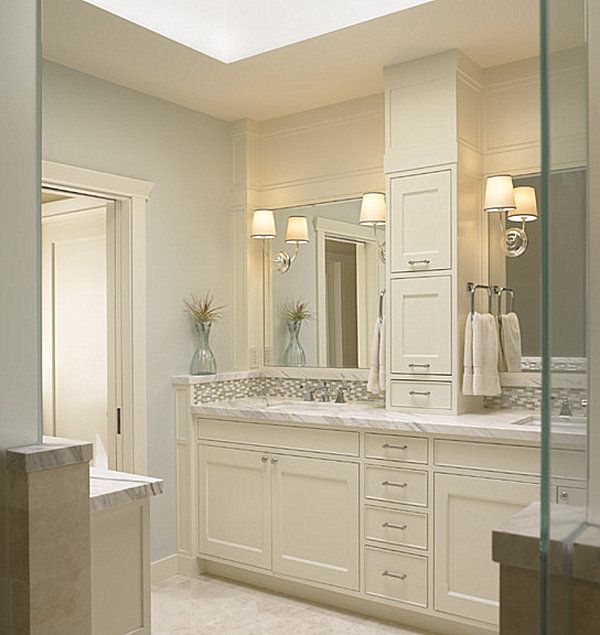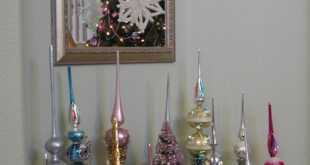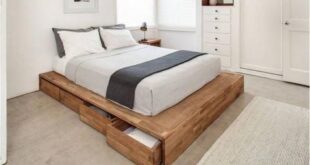Choosing the right vanity is a difficult task. There are literally hundreds of options while you are more or less tied to just one as the vanity is an essential part.
So here are ours 4 expert tips to help you choose the perfect vanity unit on the first try.
How do you choose the right fit for your vanity unit?
Unlike other bathroom furniture, a vanity is installed and fixed in the rivets of your bathroom. This means that unless you do a major makeover of your home, the vanity cabinet you decide on now is going to be yours for a while.
The first thing to get right is the size. The problem here is that A vanity is not like a simple cabinet;; A sink that is too big or too small will not only result in inconsistent storage space, it can also render it completely unusable.
Here is what you need to do to get the right size vanity unit Check your bathroom layout. If you are simply replacing an existing vanity, you can simply use the same dimensions. However, if you are remodeling or decorating the bathroom from scratch, you will need to take measurements. How to determine the size of your vanity unit:
Height
- The standard vanity height on the market is 32 inches. This is the ideal height that doesn’t require adults to bend down too much while remaining accessible for children.
- Nowadays there are “comfort variants” increased to 36 inches, which corresponds to the height of a kitchen worktop. While this will no doubt make adult use a lot easier, keep this in mind Children might have trouble finding their way around at this extra height. Either set up a separate bathroom for your kids (with their own vanity) or stick with smaller options.
- In case you want to install a separate washbasin above You must leave enough space for your vanity. Considering that sinks are usually around 15cm high, A good height for your vanity cabinet would be 30 inches.
What types of sinks are there?
There are few features in your home that are as customizable as a vanity. No matter the shape and size of your bathroom, you can find some type of vanity pad that fits right in.
-
Detached Vanity tops are the most common types on the market. As the name suggests, this type of vanity is “freestanding”, meaning it rests on the floor. This makes it a better option for exceptionally large vanity units with roomy storage cabinets.
-
Another popular option is floating. A floating vanity top is attached to the wall, leaving the bathroom floor exposed. This gives it a very classy and modern look while also protecting the cabinet from moisture damage caused by puddles on the floor.
-
open space The vanities have really gone down lately. These vanities feature visible storage space with no door panels or drawers, giving your bathroom a relaxed, airy vibe. It goes well with larger bathrooms with lots of other open shelving complementing the vanity.
-
A less common type is this one sink ship. They were introduced in the late 2000s and never really caught on. They remained a chic and modern option that adds a special touch. Basically, a vessel washbasin is a type of washbasin in which the basin sits above the worktop and is not seamlessly embedded in it. This enables a surprising variety of styles and customizations for these washbasins.
-
If you prefer an innovative look, choose a Glass sink. Made from specially treated tempered glass, these vanity tops are just as durable as their wooden counterparts, apart from being translucent. It is particularly suitable for small bathrooms, where the transparent structure emphasizes the depth of the spatial dimensions without losing space.
-
Finally, corner sink are for the small guest bathrooms. With the smallest footprint of any type of vanity, corner sinks provide ample storage for essentials and easily fit into a small space.
Which vanity style is the best?
Now that you know the overall shape and size of the vanity unit of your choice, it’s time to decide on a style. Although there are many different styles that a vanity cabinet is available in, it is important to ensure that the style fits the overall theme of the desired decor. After all, an antique vanity would hardly look good in a modern bathroom.
-
If you want your furniture to have sharp features and smooth surfaces, then modern Then sinks are just right for you. These vanities are sporty minimalist designs that emphasize bold and simple lines. A plain black and white color with a chrome finish is usually used. Modern vanity basics work over form.
-
For a more elaborate and decorative design, choose one antique style. Antique sink surfaces feature exaggerated decorations from the past. The idea is to project a sense of opulence and luxuryIt is also reminiscent of an authentic vintage look. There are also simpler variants that set artistic accents for a more rustic country style.
-
Transitional or contemporary Styles offer a nice balance between simplicity and elegance. Think of these vanities as a mix of modern and antique; These vanity units were designed with the simple structure of modern vanities in mind beveled panels and light accents to improve appearance. Transitional washbasins are generally not as elaborately designed as antique sockets but are more interesting than simple modern designs.
Which materials and colors are suitable for sinks?
Unlike your usual storage cabinets, the material of your bathroom vanity is not determined by its purpose but by the theme of the decoration. This theme is reinforced by a conscious choice of color palette.
- ONE wooden The vanity unit works well if you prefer an earthy or rustic look. While it’s an absolute no-no for more modern bathrooms, a dark, lustrous wood vanity can be used to complete an antique bathroom, while stained wood complements the country look perfectly.
- Modern bathrooms require metallic Furniture, which means a steel or aluminum vanity is your best bet. This is also reflected in the colour, with the colors white and silver-grey being preferred for a restrained appearance.
- Black is the color that always fits. Whether you’re looking to make a statement or just want to complete your modern ensemble, you can never go wrong with a black vanity unit set against a backdrop of soft, neutral tones.
- Bright and happy colors are usually achieved through the right hue of light colored woods such as pine or maple rather than colored panels which tend to be garish. Instead, using wood or faux wood stained in different colors can give your bathroom a lighter hue.
